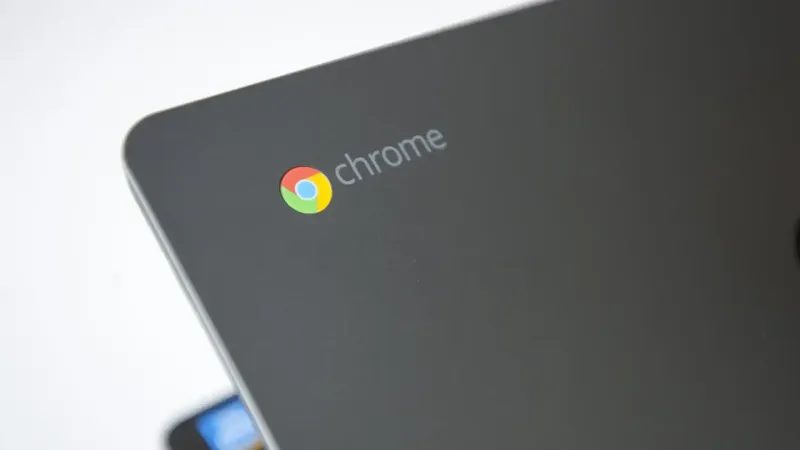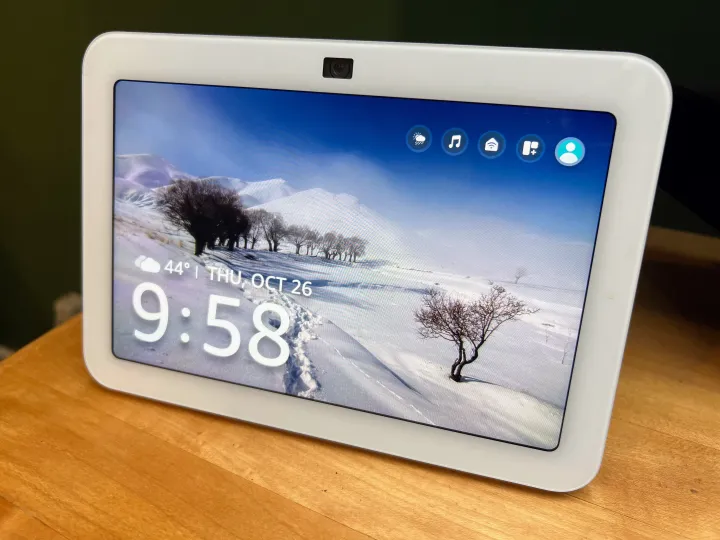Google’s Bold Move: Unifying Chrome OS and Android to Challenge the iPad’s Dominance
Google’s Bold Move: Unifying Chrome OS and Android to Challenge the iPad’s Dominance
Google is making a strategic move to revolutionize its operating systems by fully integrating Chrome OS into Android. This ambitious, multi-year project aims to create a unified platform to compete with Apple’s iPad, which currently dominates the high-end tablet market. Here’s an in-depth look at Google’s plans, the reasoning behind this shift, and the potential impact on the tech landscape.
Why Google is Merging Chrome OS and Android
Google operates two distinct operating systems:
- Android: A versatile OS designed for smartphones, tablets, smartwatches, TVs, cars, and emerging XR glasses.
- Chrome OS: Primarily built for laptops, but also powering Chromebooks, including tablet-style devices.
Despite their individual successes, neither OS has managed to capture significant market share in the tablet segment. The iPad remains the leader, thanks to its seamless blend of media consumption and productivity features. Google’s attempts to bridge the gap between Android and Chrome OS have yielded limited results, prompting the need for a unified solution.
By aligning Chrome OS with Android, Google aims to:
- Optimize engineering resources.
- Deliver a superior tablet and laptop experience.
- Attract more developers and users by expanding Android’s ecosystem.
What We Know About Google’s Transition Plan
Instead of creating an entirely new operating system, Google plans to fully transition Chrome OS into Android. This move would likely result in future “Chromebooks” running on a specialized version of Android tailored for laptops and tablets.

Steps in the Integration
Google has already begun incorporating elements of Android into Chrome OS. For example:
- Chrome OS uses portions of Android’s Bluetooth stack, known as “Fluoride.”
- Recent announcements reveal that Chrome OS will adopt more components of the Android Linux kernel and frameworks.
Additionally, Google is working on:
- Chrome for Android with Extensions: Bridging the gap between Chrome browsers on Android and Chrome OS.
- Linux App Support on Android: Delivering a “Crostini-like” experience, allowing advanced users to run Linux applications seamlessly.
Enhancements in Android for Laptops and Tablets
To ensure Android is ready for desktop and tablet use, Google is introducing several new features, including:
- Improved keyboard and mouse support.
- Enhanced external monitor compatibility.
- Multiple desktop environments.
- Advanced window management features.
These updates are part of Google’s “Android-on-laptop” project, which will also benefit tablets like the anticipated Pixel Tablet 2.

Why This Shift Matters
For Users
By unifying the platforms, Google can offer:
- A more consistent experience across devices.
- Access to a broader range of apps optimized for both productivity and entertainment.
- Improved compatibility with peripherals like keyboards, monitors, and styluses.
For Developers
A single platform simplifies app development and expands the user base. With more users adopting Android-powered laptops and tablets, developers have greater incentives to create innovative applications.
For Google
This unification positions Google to challenge Apple’s iPad on multiple fronts, particularly in:
- Productivity: By integrating the best features of Chrome OS, such as robust multitasking and file management, into Android.
- Ecosystem Growth: With a unified Android platform, Google can further expand its market share and attract more partners.
The Road Ahead
While Google hasn’t officially confirmed a full transition, its ongoing efforts signal a significant commitment to this vision. The company must overcome several challenges, such as achieving feature parity between Chrome OS and Android and addressing potential branding shifts for “Chromebooks.”
The first signs of this transformation will likely appear with updates to Android 15, expected to introduce desktop-focused enhancements. As these changes roll out, consumers can look forward to devices that blend the versatility of Android with the productivity strengths of Chrome OS.
Conclusion
Google’s decision to merge Chrome OS into Android represents a bold step toward redefining the tablet and laptop markets. By unifying its operating systems, Google aims to deliver a cohesive, powerful platform capable of challenging the iPad’s dominance. This transition could mark a turning point, not only for Google but for the broader tech industry, as competition drives innovation and enhances user experiences.
As Google continues to refine its strategy, the tech world will be watching closely. Whether you’re an Android enthusiast, a productivity seeker, or a developer, this transformation promises exciting possibilities for the future of mobile and desktop computing.
Related
Discover more from NewsPour
Subscribe to get the latest posts to your email.




Let your voice be heard! Share your thoughts and ignite discussions.